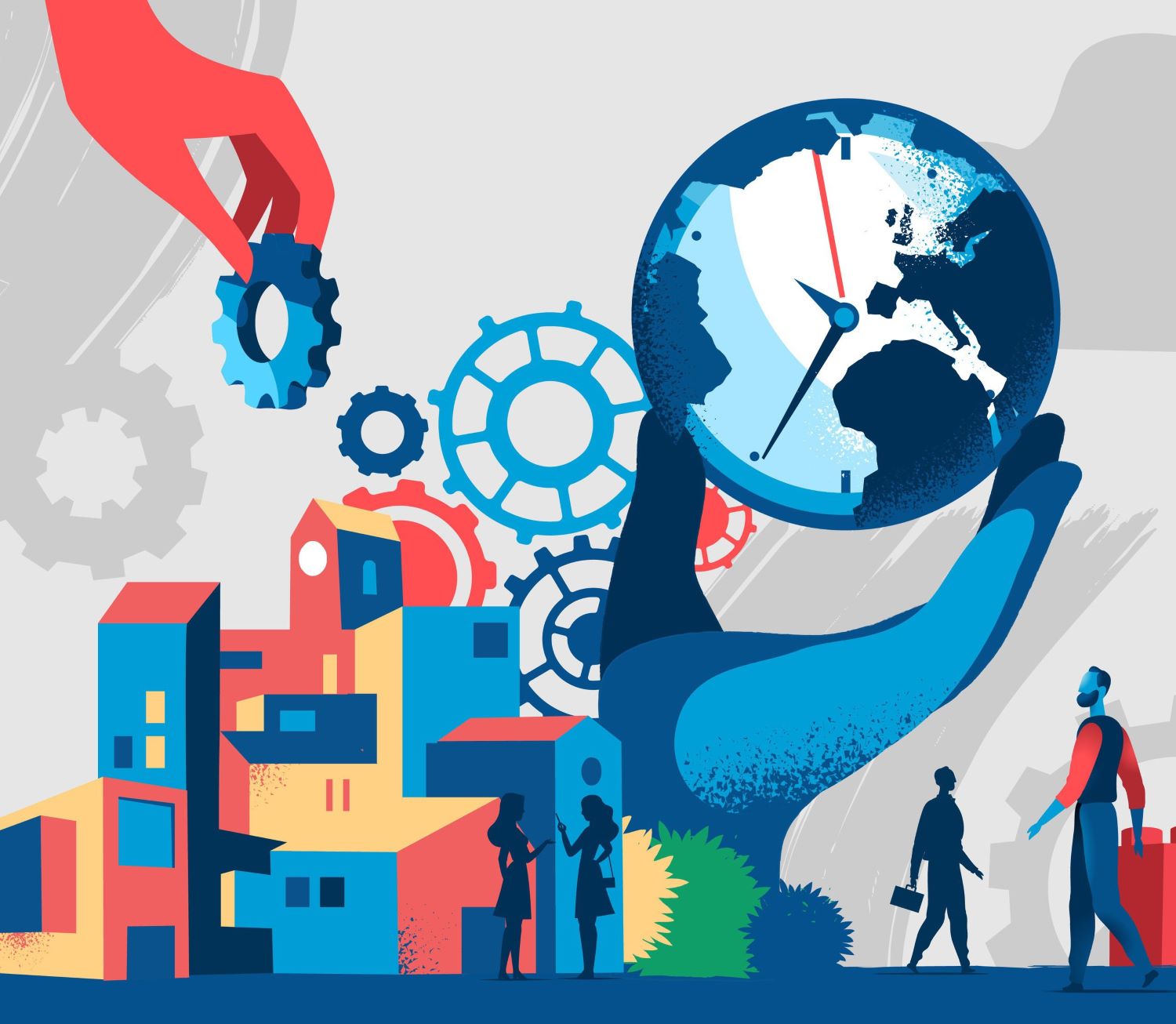Recommended

Blog Post
Among the outcomes of the recent G-7 summit in Cornwall was what the White House dubbed the Build Back Better for the World (B3W) partnership, that the G-7 communique suggested was “a step change in our approach to infrastructure financing.” The effort will “support and catalyse a significant increase in responsible and market-based private capital,” focused on a $40 trillion infrastructure gap in low-and middle-income countries.
The B3W initiative is, we are told, not just about China. But as US Deputy National Security Advisor Daleep Singh made abundantly clear in conversation with Scott Morris, it is very much about China, and in particular responding to the Belt and Road initiative. The pitch is that B3W will offer a better alternative. And, if it is to be seen as more than simply a salvo in a new Cold War, something of real value to developing countries, it will have to deliver on that promise. That’s going to require thinking less about who is delivering infrastructure and more on how it is being delivered.
Belt and Road versus Build Back Better: not so different?
There are certainly things to dislike about Belt and Road, not least lack of transparency and harsh lending terms, and some projects that pile on debt with (at least so far) limited economic returns. At the same time, those of us who have been part of the global infrastructure finance discussion for a few years will have heard some familiar refrains in the Biden Administration’s discussions around B3W, including the references to trillions in finance available from institutional investors if only we could unlock them for low- and middle-income countries, and the potential for development finance institutions to overcome market failures that would foster a flood of private infrastructure projects. The refrain makes it easier to suggest small amounts of public finance can catalyze trillions in investment, but it simply isn’t plausible to imagine that such leverage will actually happen.
Look at the US itself. Most infrastructure is in public ownership: ports and airports, roads and interstates, railways, parts of the electricity grid and some of the power supply, many of the nation’s water and sanitation networks. The Biden administration is pushing a multi-trillion-dollar infrastructure bill that demonstrates how central government finance is to infrastructure provision in this country. And the US is already an outlier in terms of the extent private infrastructure provision.
Turning to the developing world, compared to the multi-trillion-dollar gap, 2019 infrastructure projects with private participation amounted to $95 billion, and much of the financing for those projects came from the public sector. In low- and middle-income countries, a dollar of public finance “leverages” less than a dollar of private finance into private infrastructure projects. At least the Belt and Road initiative does not pretend there is an overflowing font of cheap private finance to fill infrastructure gaps.
Indeed, in terms of financing and institutional mix, it would be naïve to think there is a clear dividing line between the kind of projects that China supports through Belt and Road and the model championed by B3W, because most “private” infrastructure projects in lower-income countries take such considerable public support.
Take the “private” Central Térmica De Temane gas power plant project in Mozambique: the 450 megawatt power plant is majority owned by Globeleq Africa Holdings, which is itself entirely owned by state-owned development finance institutions in the UK and Norway. A minority stake is held by Mozambique’s state-owned electricity transmission and distribution company. The project is being funded by the U.S. government through the International Development Finance Corporation (DFC) as well as the OPEC Fund for International Development and the International Finance Corporation (shareholders: the world’s governments). Is this so far divorced from state capitalism—or, indeed, straightforward state provision? Meanwhile, China insists that the China Development Bank is a “commercial creditor,” and doubtless they would classify the various subsidiary companies they have established with other governments to own and operate infrastructure as “private.”
Perhaps it isn’t surprising, then, that the (quasi-) private-sector model for infrastructure doesn’t provide consistently superior returns and impact to more straightforward state provision. There are bad public investments and bad private investments. The bad private investments include power plants in East Africa that produce electricity at ruinously high prices, and the London Underground Public-Private Partnership that collapsed leaving the UK government to pay off billions in liabilities.
Focus on doing it right, not who’s doing it
It isn’t a novel conclusion that what matters to quality infrastructure delivery is good governance. But that, rather than the false dichotomy between public versus “private” provision, is what B3W should emphasize. And it is encouraging to see language in the G-7 communique that focuses on doing projects right rather than who is doing projects, emphasizing “strong standards… to ensure our approach and values are upheld, and to drive a race to the top.” It is great that B3W is committed to backing ”transparent, open, economically efficient, fair and competitive” investments. If that means eschewing sole-sourced infrastructure projects and ensuring full procurement and contract transparency, B3W will have an important impact on the quality ad sustainability of infrastructure projects delivered by the public and private sector alike.
More broadly, if B3W is to be the better Belt and Road, it will have to embrace the role of government in infrastructure provision and ensure private sector infrastructure projects are designed and run in the public interest. Otherwise, and despite the denials-, low- and middle-income countries would be right to see it as not about them, but just about China.
Disclaimer
CGD blog posts reflect the views of the authors, drawing on prior research and experience in their areas of expertise. CGD is a nonpartisan, independent organization and does not take institutional positions.
Image credit for social media/web: Adobe Stock





